Editor’s note: This is Part 3 of our Entrian Odyssey Nexus Class compendium. To see Part 1 and Part 2, click here and here.
Classes and party composition form the backbone of any Etrian Odyssey experience, and Etrian Odyssey Nexus is no exception. It offers 19 classes to use for your party of five, drawing on all previous games for these classes and adding the Hero as a new one.
Even if you already know how the classes work in their original games, Nexus gives things a bit of a twist by making new combinations possible.
In this part of our Etrian Odyssey Nexus class coverage, we’ll focus on the game’s support classes. These classes feature some of the best buffing and debuffing skills in the game.
Let’s jump in.
Sovereign Class
The Sovereign is one of the most valuable support units in Nexus, capable of indirectly dealing elemental damage as well. If you want a sturdy buffing unit, this is the one to pick.
Best Build for Sovereign Class
Sovereigns exist to buff attack and defense stats of a selected line. However, they can also imbue a line’s weapons with a given element.
That’s all fairly basic, but when you unlock Reinforce, buffs become even more useful. That’s because each buff restores a set amount of HP for the selected line.
Unlike most support units, Sovereigns work well in the front and the back. The class has naturally high attack and defense, plus it can equip swords and heavy armor.
Chances are, though, you’ll want your Sovereign in the back row if you aren’t using a Medic or War Mage. Royal Veil restores the party’s HP at the end of each turn if your Sovereign is at full health.
There’s also Royal Dignity, which restores HP to a buffed unit if that unit is attacked during that turn.
Between Royal Dignity, Royal Veil, Reinforce, and then Protect Order at Veteran level, you may find the Sovereign works better than other dedicated healers just because the class adds necessary boosts while healing.
Considerations for Sovereign Class
But don’t ignore the Arms skills.
Until you reach Level 20, those skills might seem somewhat superfluous outside giving an extra boost in boss battles. However, the Veteran skill Element Bomb takes the element of one weapon and turns it into an attack against all enemies. Even at low levels for Arms and Element Bomb, the attacks aren’t insubstantial, and it turns the Sovereign into a highly useful asset.
Of course, the class has access to other skills, but these are the primary ones to focus on for a while. Because they boost and heal at the same time, a Sovereign would work particularly well with a Protector or any potentially squishy frontliners.
Ninja Class
Ninjas are another tricky class to work with. Their attack is fairly high, but they have terrible defense. On the other hand, almost every offensive skill has the chance of inflicting a specific bind or ailment.
Best Build for Ninja Class
Based on its limitations, the Ninja has two potential builds.
The first build is mostly offensive, using the Ninja’s strength to inflict larger amounts of damage and potentially ailments as well; in this capacity, Hawk Strike at the Veteran level is an absolute must.
But, to compensate for its low defense, you’d want to invest a good bit into skills like Mirage (static decoy), Concealment (higher evasion), and later, Ninpo: Flight (chance to nullify physical damage). This gives the Ninja a decent chance at surviving without you having to worry overmuch about keeping it alive.
The other build is backline status inflictor. This wouldn’t be the most useful role, just because the Ninja doesn’t have access to a huge array of status attacks. However, it’s still feasible, especially with the chance for petrify, poison, and sleep — even more so once you get access to Status Attack Up at the Veteran level and Ninpo: Mirror, which spreads ailments from one enemy to all of them.
Considerations for Ninja Class
Ninjas would work particularly well with Nightseekers or War Magi, since both rely heavily on status afflictions.
However, if you have a balanced front line with at least one other offensive unit, or a Protector, then the Ninja can still be a good attacking unit, even if you have to baby it sometimes.
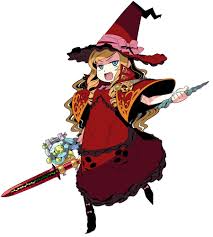
War Magus Class
The War Magus is a bit of an odd class. Despite its name, the War Magus is more of a War Medic than an offensive magic user. Its offensive skills are formidable, but it’s not a class you can effectively use on its own.
Best Build for War Magus Class
The War Magus can use staves and swords. But its War Edge Mastery skill pretty much tells you to specialize in one or the other.
Swords grant access to all the War Mage’s offensive abilities, while Staves basically just boost healing efficacy; War Edge Mastery increases attack if swords are equipped and increases TP if staves are used. Also, you can still use healing skills if you equip a sword.
The attack skills your War Magus gets are pretty potent, targeting entire lines in some cases. They also have the chance to inflict debuffs or binds, but there’s a catch: they only inflict these if the target is suffering from an ailment.
That’s okay, you say; the War Magus can inflict ailments with Random Disease. Except it rarely works, even at higher levels of mastery.
Considerations for War Magus Class
An offensive-focused War Magus that uses binds and debuffs needs a Harbinger or Nightseeker to ensure foes do get some kind of ailment before attacking.
If you aren’t fussed over the potential for inflicting these, though, then you still have a powerful frontline fighter and healer.
Why? Because the War Magus’s healing skills surpass even the Medic’s. War Heal Line and War Revive are two of the best healing skills, as they heal a line or have a chance to revive at the beginning of the turn and at the end, for 3 turns.
Later, you get War Heal All, which does the same for the entire party. If nothing else, these skills make the War Magus the best potential healer.
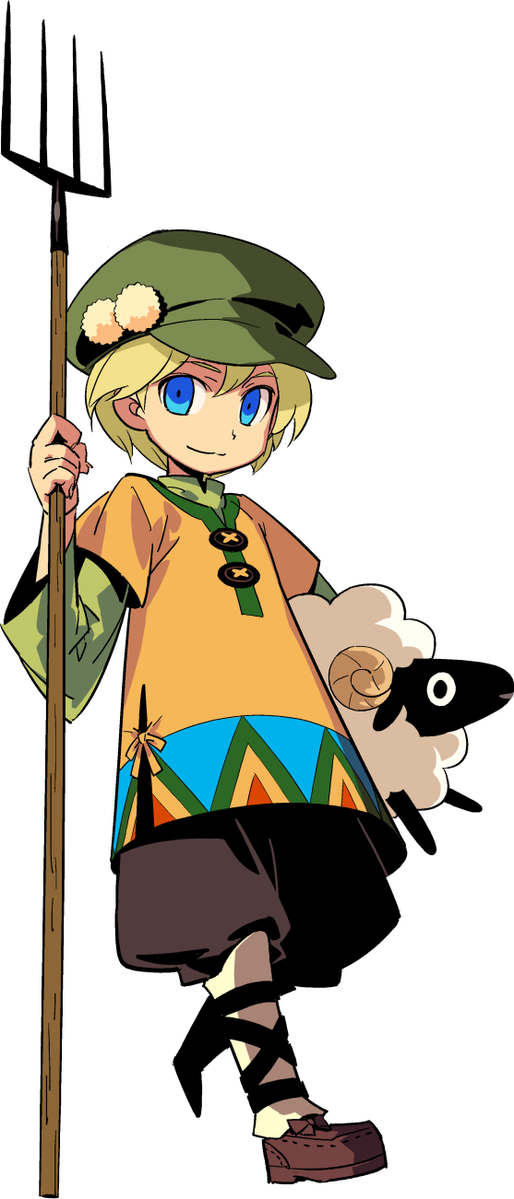
Farmer Class
The Farmer is, at first glance, a somewhat pointless class. And at second glance, it still is – for combat, at least.
Best Build for Farmer Class
The Farmer is a support unit in and out of battle, nothing else. Its main strengths lie in gathering materials, avoiding battles, and offering a few supporting actions for your battle party.
Farmers can inflict status ailments randomly with Strange Seeds, and they can also restore some HP with a few of their Veteran skills.
The main reason you’d want to take a Farmer into battle, though, is to increase the number of items monsters drop.
If you did use the Farmer just for the heck of it, it’s actually a decent mid-tier unit, with even offense and defense. It won’t be your go-to unit, but it shouldn’t die every turn either.
Arcanist Class
The Arcanist is another hyper-focused unit. It primarily inflicts binds and ailments, but it can serve multiple roles with this focus.
Best Build for Arcanist Class
The Arcanist’s circles are probably the most useful binding attacks of all the classes. Not because they have a greater chance of actually working, but because they activate every turn for at least three turns.
What doesn’t work the first time might save your neck two turns later, and because even bosses are weak to binds, the Arcanist deserves your attention.
The class’ Veteran level grants access to debuff circles as well, which can be even more useful. Moreover, each of the circle skills’ chances of working double after spending four skill points.
But there’s another reason people love the Arcanist: dismissing the circles.
Early on, you get the ability to dismiss a circle to heal the party. Later, dismissing has a chance of reviving the party. The drawback here is the amount healed is fairly small.
But if you don’t plan on using a dedicated healer, the Arcanist can serve as a good party support unit, too.
Considerations for Arcanist Class
(Much) later in the skill tree, the Arcanist also gets dismiss attack skills, one at the Veteran level that’s a plain ranged attack and an earth-based attack at the Master level. However, you won’t be seeing these benefits for a long time, so if you create an Arcanist, know that it is only a support unit for a while.
Also, because the Arcanist relies entirely on these circles for any kind of effectiveness, you know TP is going to be an issue. But Proficiency regenerates some TP every time a circle is dismissed.
It might not be enough TP to make a big difference until you spend a few Skill Points, but it’s better than nothing.
And like the Zodiac, the Arcanist is fragile. Make sure it gets some defense buffs or you’ve debuffed the enemy party’s attack to ensure the Arcanist’s survival.
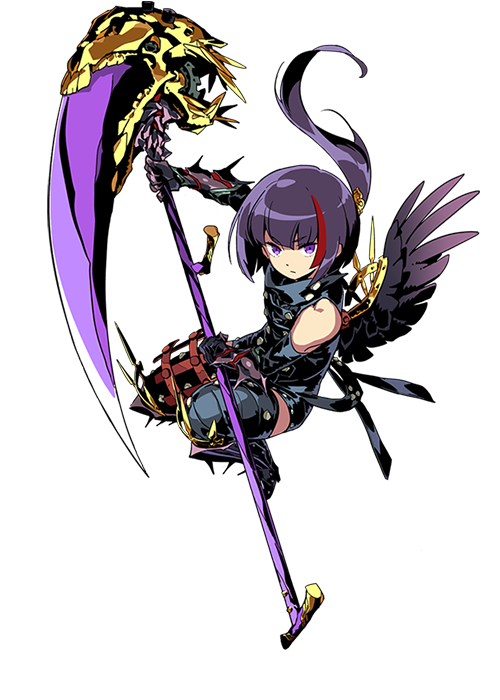
Harbinger Class
The Harbinger might be last on the class registry list, but it shouldn’t be overlooked. It’s an incredibly versatile unit capable of withstanding attacks, dealing melee damage, debuffing, and inflicting status ailments.
Best Build for Harbinger Class
For all of this to be effective, though, you need to start investing in Miasma Armor, Endless Shroud, and at least one debuff skill.
- Miasma Armor activates for a few turns and increases speed
- But it’s also required for the Harbinger’s melee attacks to inflict status ailments
- Endless Shroud has a chance of activating Miasma Armor or extending its duration whenever you use a debuff skill
That alone makes the Harbinger’s debuffs better than the Arcanist’s, not to mention the fact the Harbinger gets them much earlier than the Arcanist does.
Paralyzing Reap and Toxic Reap can inflict two of the best status ailments in the game, taking enemies out of action and sapping huge amounts of health respectively. Darkness Reap does the obvious and blinds enemies. These attacks affect an entire line, making them even more useful.
You also get skills like Atonement that dispel armor to heal the party or later, revive dead members.
Here, the Arcanist has an advantage, because dispelling circles to restore or revive doesn’t reduce its stats in any way. While these healing skills are useful in a pinch, they ultimately limit the Harbinger because you have to re-activate Miasma Armor to get the unit back to its full capability.
Considerations for Harbinger Class
The Harbinger is a class requiring some forethought before spending Skill Points. For example, you don’t want to dump a lot into debuffs and then have underpowered melee attacks. The better option would be leveling the debuffs a little, then focusing on Endless Shroud and your melee skills.
Casting debuffs every few turns means you’ll still be reactivating your Miasma Armor automatically if you have a lot invested in Endless Shroud, so increasing the debuff turn limit to just 4 ultimately benefits you anyway.
Plus, it means you can strengthen your attack skills and improve their chances of inflicting ailments too.
As mentioned, all of this means the Harbinger pairs wonderfully with Nightseekers and War Magi. If you don’t want the Harbinger to be up front, you’ll still get the benefits of status ailments from the back row and can then switch to the healing focus as well, if you so desire.
—
Nexus offers a staggering amount of party customization, even more so when you finally unlock subclassing halfway-ish through the game. As long as you maintain some balance and give a bit of thought to how you develop your skills, though, you can make almost any party work.
Be sure to check out Part 1 of our guide for our balanced class tips, and Part 2 for our offensive class tips.

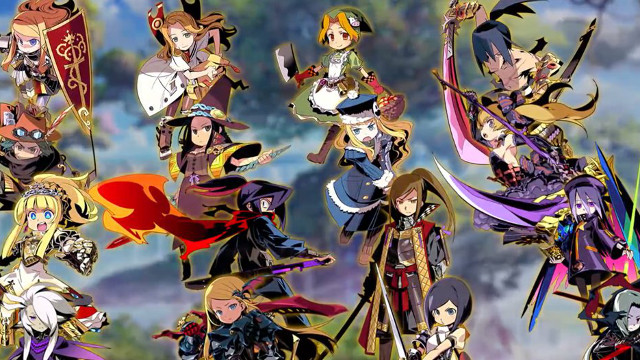

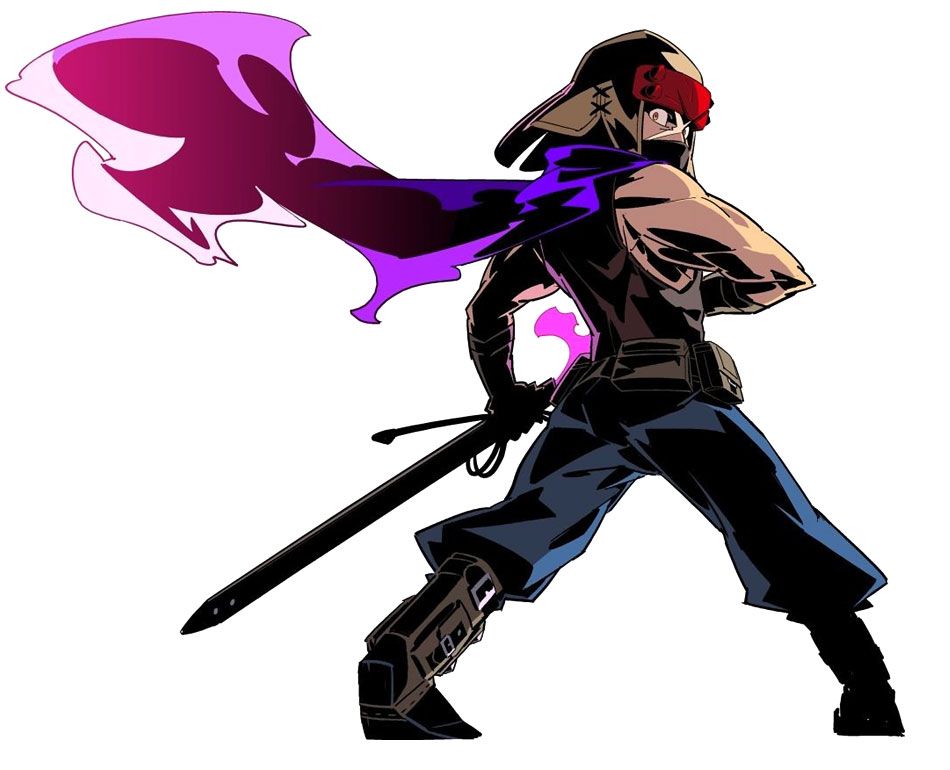

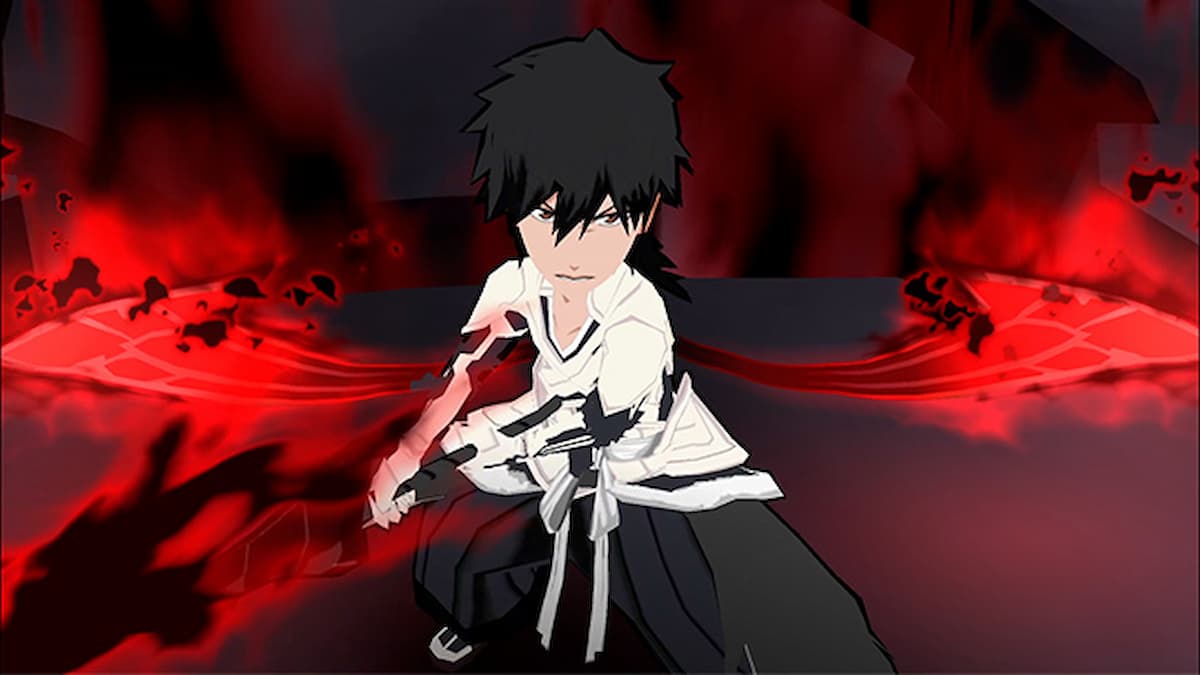
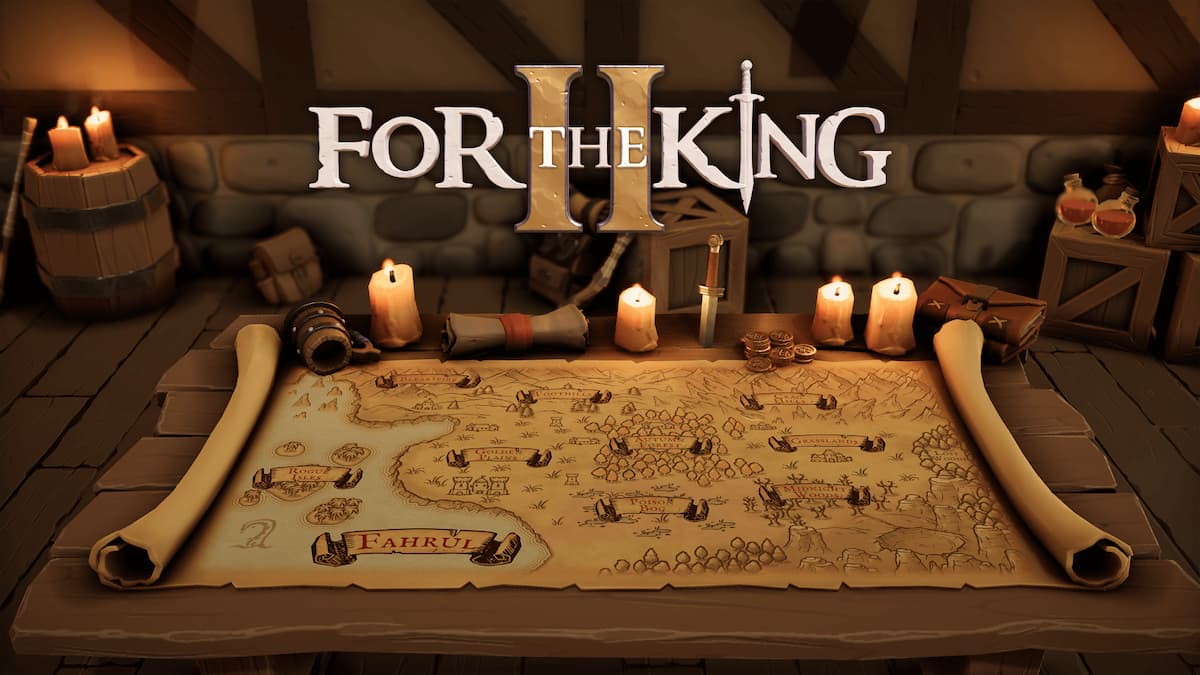
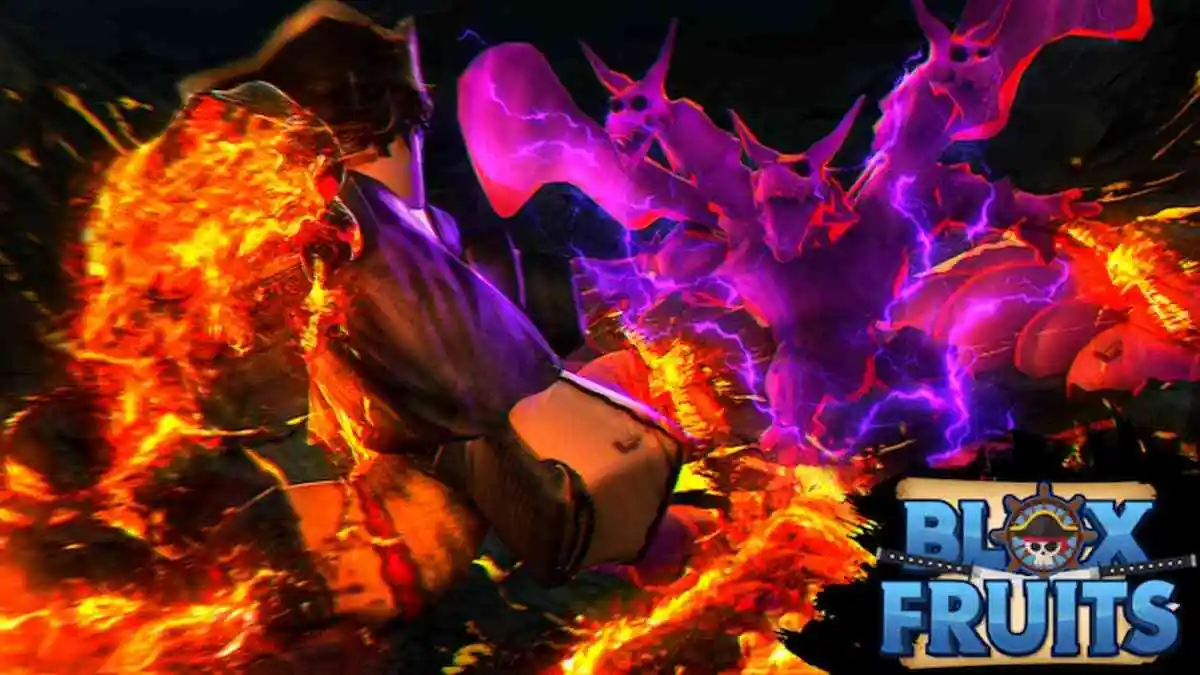

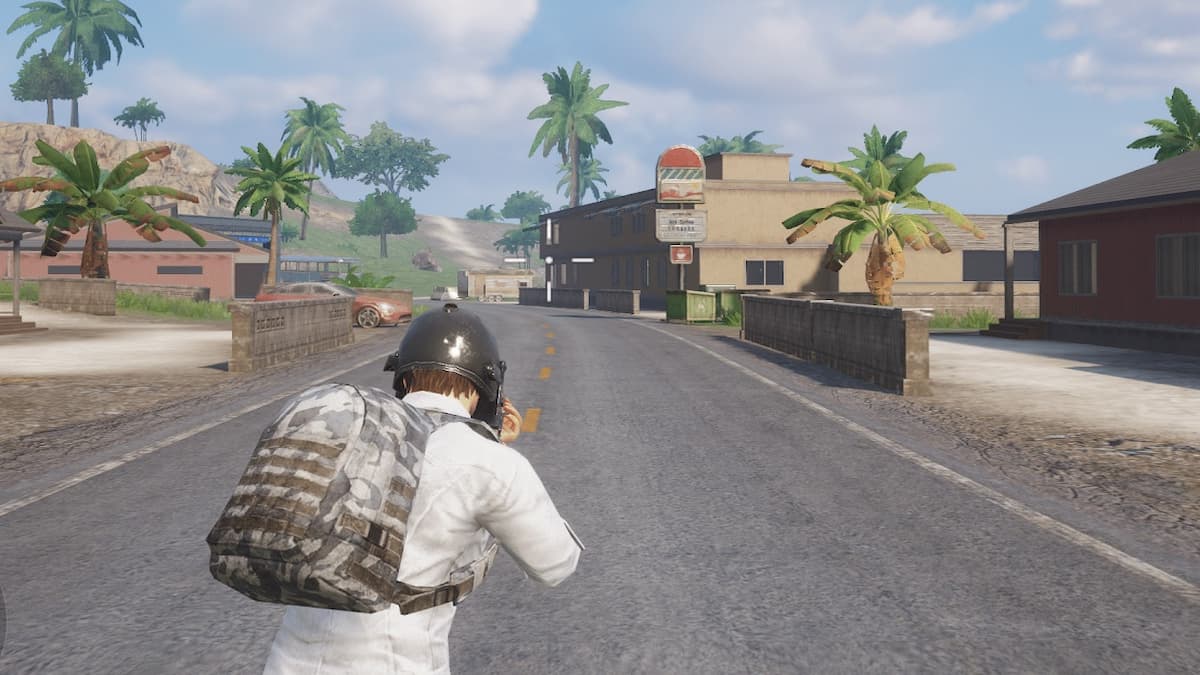
Published: Feb 7, 2019 02:54 pm